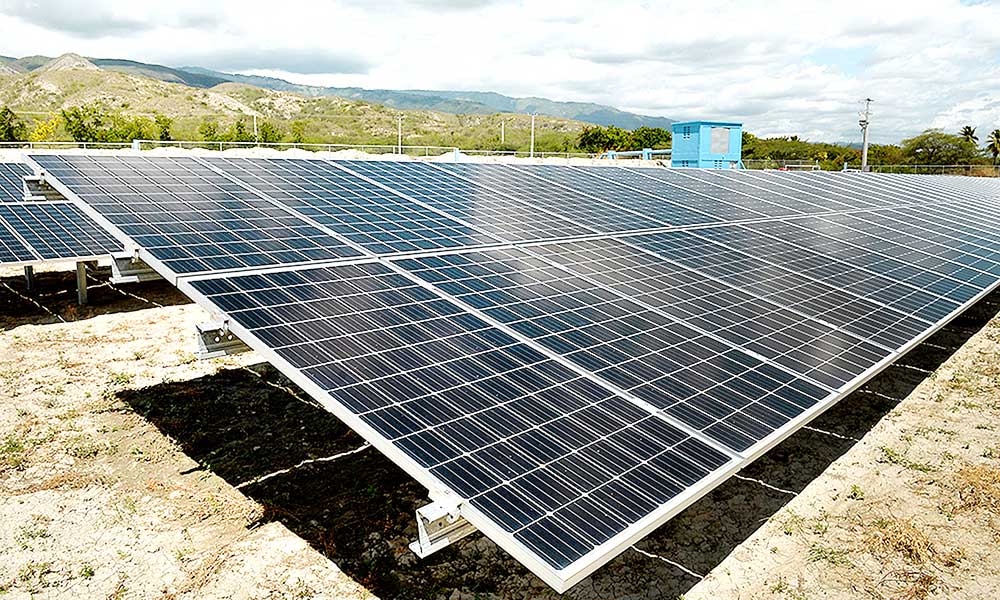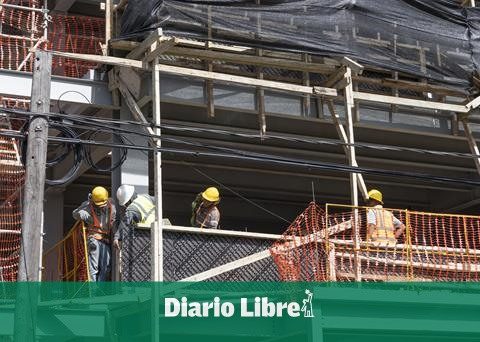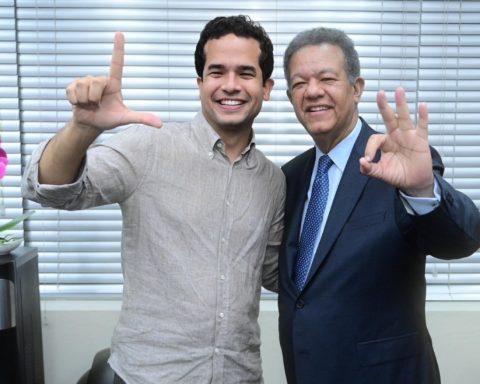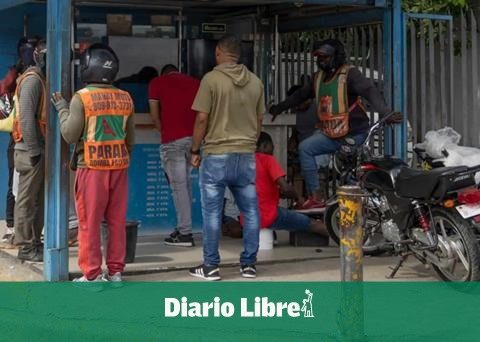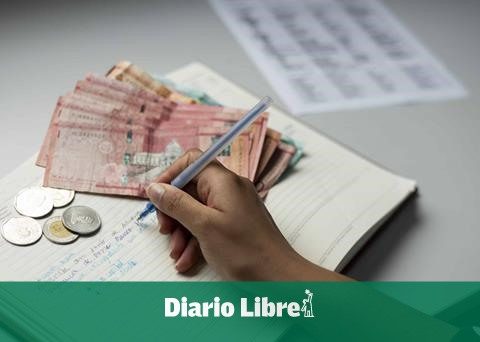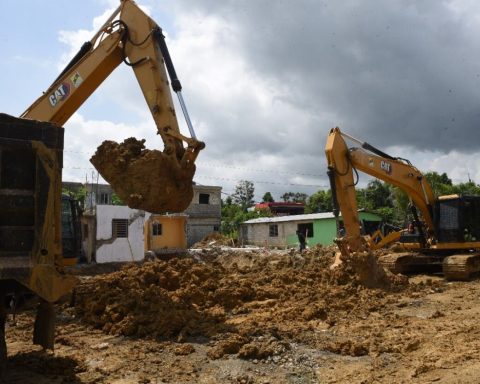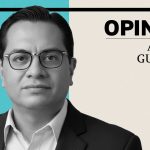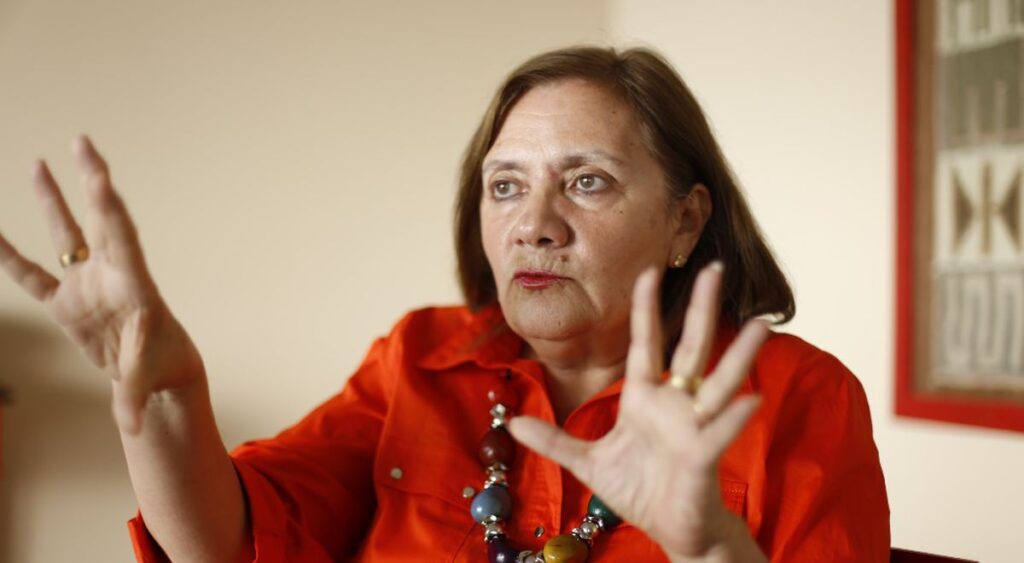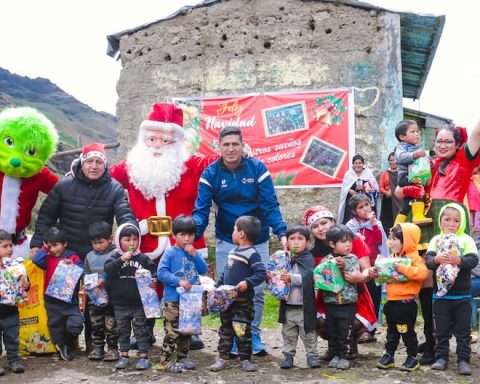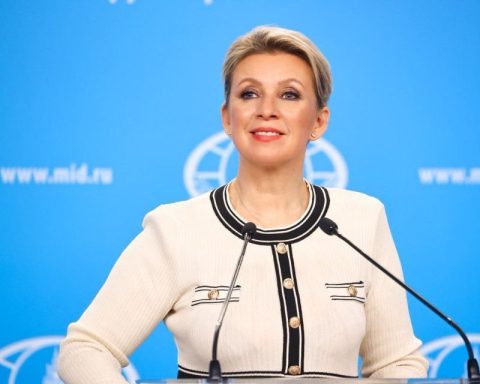It does so as a way to contribute to a more sustainable world, with low carbon emissions.
For years the climate change that has been taking place has raised concerns and measures are taken to achieve a more sustainable world, with less carbon emissions.
Banks of international scope – even local ones – have been joining that intention and efforts to contribute. And the best way to do it is in some way directing and conditioning its financing to projects that are sustainable, friendly and of great value for the environment and the climate.
For example, the Inter-American Development Bank (IDB) launched its Amazon Initiative and approved some US $ 4.5 billion in resources for climate-related operations, the highest amount in history, the organization announced on Monday.
The IDB also took a leadership role among multilateral development banks at COP26, the annual United Nations conference on climate change, announcing a plan to align all operations with the Paris Agreement and provide $ 24 billion for the climate and green finance for the next four years.
Of all the projects approved in 2021 by the IDB, almost 70% included one or more components to tackle climate change, while 75% addressed gender issues.
Almost 40% of approvals went to small, vulnerable countries. Those figures are in line with the bank’s institutional priorities and its plan for economic recovery, Vision 2025.
Meanwhile, the World Bank Group announced in mid-2021 in Washington its new Action Plan on Climate Change, which will seek to provide record levels of climate finance to developing countries, reduce emissions, strengthen adaptation and align flows. with the objectives of the Paris Agreement.
With the Action Plan for the 2021-2025 period, the WB Group’s efforts in this area are expanded, since in addition to investing in “green” projects, it will seek to help countries fully integrate their climate and development objectives.
The Plan also comes at a time when countries are looking for sustainable ways to recover, following the shocks caused by the covid-19 pandemic. Through this program, measures are identified and prioritized to address mitigation and adaptation opportunities with the greatest impact, increasing climate financing accordingly.
The new plan builds on the achievements of the World Bank Group with its first Climate Change Action Plan, through which more than $ 83 billion in climate finance was delivered over five years, including the record figure of US $ 21,400 million provided last year 2020.
On the side of the Central American Bank for Economic Integration (CABEI), last September it was reported that the institution makes financial solutions available to its partner countries to implement actions for the sustainable development of the region.
This, taking into account that the environmental challenges that Central America faces are increasingly challenging.
With 60 years of foundation, CABEI arrived in 2021 to the bicentennial of Central America’s independence, leading actions with elements for economic reactivation, but always hand in hand with a social commitment and environmental sustainability, as reported by that organization.
The Board of Governors has expressed CABEI’s commitment to climate change through two statements. The first declaration made in 2016 established a commitment to promote and support actions to finance adaptation and mitigation to Climate Change to support its member countries to achieve the goals established in COP21 (Paris Agreement).
The second declaration made in 2019 (Zero Carbon Declaration) establishes CABEI’s commitment to refrain from financing projects related to the exploration and extraction of coal and the generation of energy from coal.
Along these lines – according to CABEI – it is the region’s main ally to move towards a fair and inclusive economy, with low carbon emissions and resilient to the effects of climate change, investing US $ 4,989.0 million in climate change operations during the last 5 years, which represents 40% of CABEI’s approvals, becoming the main provider of green resources for the Central American region.
In mid-October the International Monetary Fund (IMF) announced that it would discuss at its annual meetings that month plans for a trust fund to encourage countries to steer their economies towards a more climate-friendly and low-carbon future. carbon.
IMF Director Kristalina Georgieva told reporters that the Resilience and Sustainability Fund would be financed by rich nations by reallocating some of the reserves they received through the IMF’s record $ 650 billion issuance in August.
What Banco Popular and Banreservas do
In September 2021, the Banco Popular Dominicano commemorated two years of its adherence to the Principles of Responsible Banking (PBR) of the United Nations, and reported that within the framework of that commitment it had granted more than RD $ 815 million in financing for vehicles. Electricity and hybrids, in its Green Finance portfolio Become Eco. Until that month the bank had financed 285 eco units for families and individuals, and had signed 28 green leasing contracts for the purchase of sustainable vehicles for companies.
Meanwhile, in September the Reserve Bank, in order to reduce energy costs and reduce the negative environmental impact for a more sustainable world, launched its new financial services program “Renueva Verde Banreservas”, which provides conditions for families and companies that wish to use clean energy solutions. “Renew Green” is an invitation to renew the lifestyle at home and business, incorporating environmentally friendly solutions.
